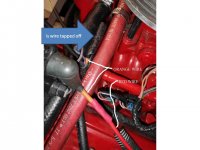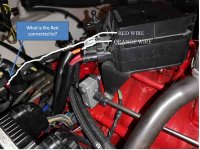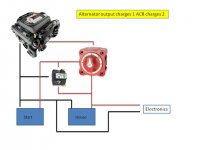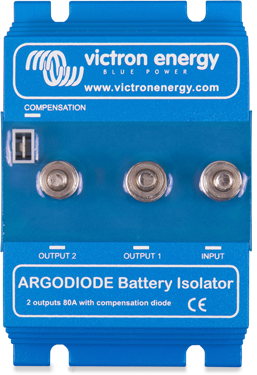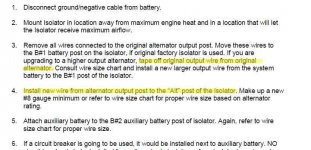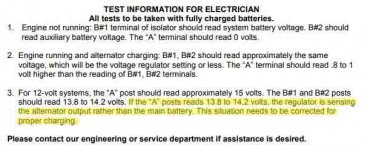Wave34
Petty Officer 1st Class
- Joined
- Oct 17, 2017
- Messages
- 336
I find that my batteries could give more when I am 2 days at anchor.
At home, with the 120V charger, I have almost 14V at the batteries.
So they are fully charged when I quit home.
On the water, when the engine is running, there is like 13V at the batteries and 13.7 at the alternator B+ post which is normal because of the diode isolator.
So my batteries will never charge to full capacity.
I read that some alternator have a 'S' terminal that can be wired to the batterie so that becomes the reference charging point for the alternator, and solve the problem having the diode isolator dropping 0.7V to the batteries.
There is a purple wire going out of the alternator.
I don't know its function.
But, if it is a sensing input, it's not going to the batteries.
If it is a sensing input, could I just wire it directly to the batteries to increase the alternator charging voltage.
I would get something like 13.8V at the batteries, and 14.5 at the B+ terminal...
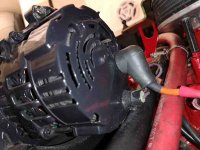
At home, with the 120V charger, I have almost 14V at the batteries.
So they are fully charged when I quit home.
On the water, when the engine is running, there is like 13V at the batteries and 13.7 at the alternator B+ post which is normal because of the diode isolator.
So my batteries will never charge to full capacity.
I read that some alternator have a 'S' terminal that can be wired to the batterie so that becomes the reference charging point for the alternator, and solve the problem having the diode isolator dropping 0.7V to the batteries.
There is a purple wire going out of the alternator.
I don't know its function.
But, if it is a sensing input, it's not going to the batteries.
If it is a sensing input, could I just wire it directly to the batteries to increase the alternator charging voltage.
I would get something like 13.8V at the batteries, and 14.5 at the B+ terminal...






















